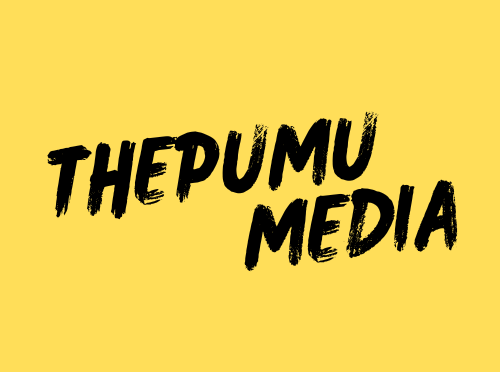In today’s fast-paced digital world, your website plays a pivotal role in shaping your brand’s online presence. It’s not just about having a website; it’s about having one that is visually appealing, user-friendly, and aligns with the latest design and development trends. Whether you’re starting a new website or considering a revamp, this beginner-friendly guide will introduce you to the essential trends in website design and development. We’ll also answer ten frequently asked questions to help you navigate this exciting journey.
Website Design Trends
- Responsive Design: A responsive website adapts to various screen sizes, ensuring that it looks great on desktops, tablets, and smartphones.
- Minimalism: Less is more. Clean and clutter-free designs with ample white space are in vogue.
- Bold Typography: Large, eye-catching fonts can create a strong visual impact and improve readability.
- Microinteractions: Small animations or interactive elements can enhance user engagement and provide feedback.
- Dark Mode: Offering a dark theme option not only looks sleek but also reduces eye strain in low-light conditions.
Website Development Trends
- Performance Optimization: Speed matters. Faster-loading websites improve user experience and SEO rankings.
- Progressive Web Apps (PWAs): These offer an app-like experience on the web, including offline functionality.
- Voice Search Optimization: With the rise of voice assistants, optimizing for voice search is becoming crucial.
- Security: SSL certificates and regular updates protect your website and user data.
- Content Management Systems (CMS): User-friendly CMS like WordPress and Drupal simplify website management.
FAQs about Website Design & Development Trends
1. What is responsive design, and why is it important?
Responsive design ensures your website looks good on all devices, catering to a wider audience and improving SEO.
2. How can I make my website load faster?
Optimizing images, reducing HTTP requests, and using content delivery networks (CDNs) can boost website speed.
3. What is a Progressive Web App (PWA)?
A PWA is a website that functions like an app, offering features like offline access and push notifications.
4. How can I optimize my website for voice search?
Focus on natural language content, use long-tail keywords, and provide concise answers to common questions.
5. Is website security essential for small businesses?
Yes, website security is crucial to protect your data and build trust with your customers.
6. Can I manage my website without technical knowledge?
Yes, user-friendly CMS platforms like WordPress make it easy to update and maintain your website.
7. Are dark mode and bold typography just design trends, or do they have benefits?
They enhance readability and provide a modern, stylish appearance, which can engage users effectively.
8. How can I add microinteractions to my website?
Web developers can incorporate microinteractions through custom coding or using libraries like Anime.js or GreenSock (GSAP).
9. What are some popular CMS options besides WordPress?
Other CMS options include Joomla, Drupal, and Wix, each with its unique features and learning curves.
10. How do SSL certificates improve website security?
SSL certificates encrypt data transmitted between the user’s browser and your website, protecting sensitive information from potential threats.
In conclusion, staying up-to-date with website design and development trends is vital to create a website that not only looks good but also functions effectively. By embracing these trends and following best practices, you can ensure that your website remains competitive in the digital landscape. Whether you’re a beginner or a seasoned pro, these insights will help you make informed decisions when it comes to your website’s design and development.


